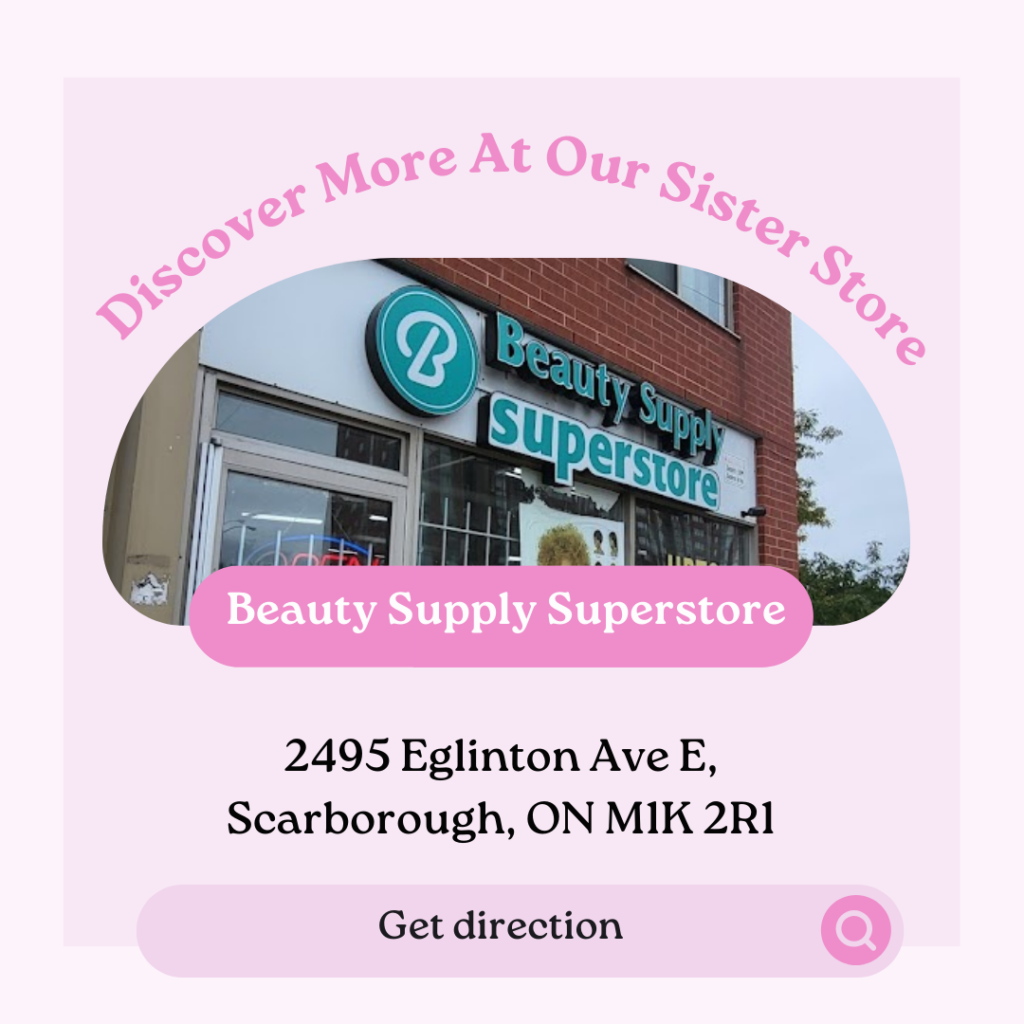Barber Shop Diversity: Celebrating Inclusivity in the Men’s Grooming Industry
ntroduction
The traditional barber shop has long been a cornerstone of communities, offering more than just haircuts and shaves—it’s a space for camaraderie, culture, and connection. In recent years, there has been a significant shift towards embracing diversity and inclusivity within the men’s grooming industry, with barber shops leading the charge. In this blog post, we celebrate the rich tapestry of barber shop culture and highlight the importance of inclusivity in creating welcoming spaces for all individuals.
- A Historical Perspective: The Evolution of Barber Shop Culture
Barber shops have a rich history dating back centuries, serving as social hubs where men gathered not only for grooming but also for lively conversations, debates, and community bonding. Historically, barber shops were predominantly male-dominated spaces, reflecting societal norms of the time. However, as attitudes towards gender roles and diversity evolved, so did the landscape of barber shop culture.
- Breaking Barriers: Embracing Diversity in Modern Barber Shops
Today’s barber shops are beacons of inclusivity, welcoming individuals of all genders, backgrounds, and identities. Barbers and salon owners recognize the importance of creating environments where everyone feels valued and respected. This inclusivity extends beyond gender to encompass cultural diversity, celebrating hairstyles and grooming practices from various traditions and communities.
- The Rise of Gender-Neutral Spaces: Redefining Barber Shop Culture
One of the notable shifts in the men’s grooming industry is the emergence of gender-neutral or unisex barber shops. These inclusive spaces consciously move away from gender-specific norms, offering services and experiences tailored to individual preferences rather than societal expectations. Gender-neutral barber shops prioritize skill, creativity, and personal expression, fostering a sense of belonging for clients from diverse backgrounds.
- Celebrating Diversity in Hairstyles: Beyond Traditional Norms
The concept of a “standard” men’s haircut has expanded significantly, thanks to the embrace of diversity within barber shop culture. Barbers are trained in a wide range of cutting and styling techniques, catering to diverse hair textures, lengths, and styles. From classic fades and pompadours to afros, curls, braids, and beyond, modern barber shops celebrate the beauty and versatility of all hair types.
- Cultural Competence: Honoring Heritage and Tradition
Inclusivity in barber shops goes beyond hairstyles—it encompasses cultural competence and sensitivity. Barbers and stylists undergo training to understand the unique grooming practices, traditions, and preferences of clients from different cultural backgrounds. This includes respecting religious hairstyles, understanding the significance of certain haircuts within communities, and creating a welcoming environment free from cultural appropriation or insensitivity.
- Creating Safe Spaces: LGBTQ+ Inclusivity and Acceptance
Barber shops play a vital role in providing safe and affirming spaces for LGBTQ+ individuals seeking grooming services. Many barber shops actively promote LGBTQ+ inclusivity through signage, training, and advocacy. Barbers are trained to use gender-affirming language, respect pronoun preferences, and create an environment free from discrimination or judgment. These efforts contribute to a more inclusive and accepting industry overall.
- Educating and Empowering Barbers: The Importance of Diversity Training
To foster true inclusivity, ongoing education and training are essential within the barbering community. Barber schools and professional organizations are increasingly incorporating diversity training into their curriculum, covering topics such as cultural competence, LGBTQ+ awareness, and respectful communication. By equipping barbers with the knowledge and skills to navigate diverse clientele sensitively, the industry continues to progress towards greater inclusivity.
- Community Engagement: Partnering for Positive Impact
Barber shops often serve as community pillars, engaging in outreach programs, charity events, and partnerships that promote diversity and social justice. Collaborations with local organizations, cultural centers, and advocacy groups amplify messages of inclusivity and solidarity within neighborhoods. These initiatives not only benefit the community but also reinforce the values of empathy, respect, and unity within the barbering profession.
Conclusion
Barber shops have evolved from traditional grooming spaces into vibrant hubs of diversity, inclusion, and empowerment. By embracing individuals of all backgrounds, celebrating diverse hairstyles and traditions, and fostering safe and respectful environments, barber shops continue to shape a more inclusive men’s grooming industry. As we celebrate the richness of barber shop culture, let us also reaffirm our commitment to creating spaces where everyone feels seen, heard, and valued—because diversity is not just celebrated, it’s embraced as a cornerstone of progress and unity.
